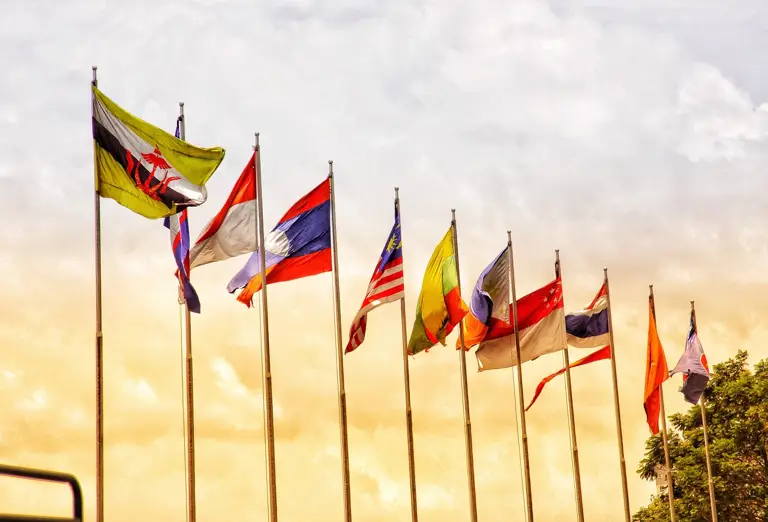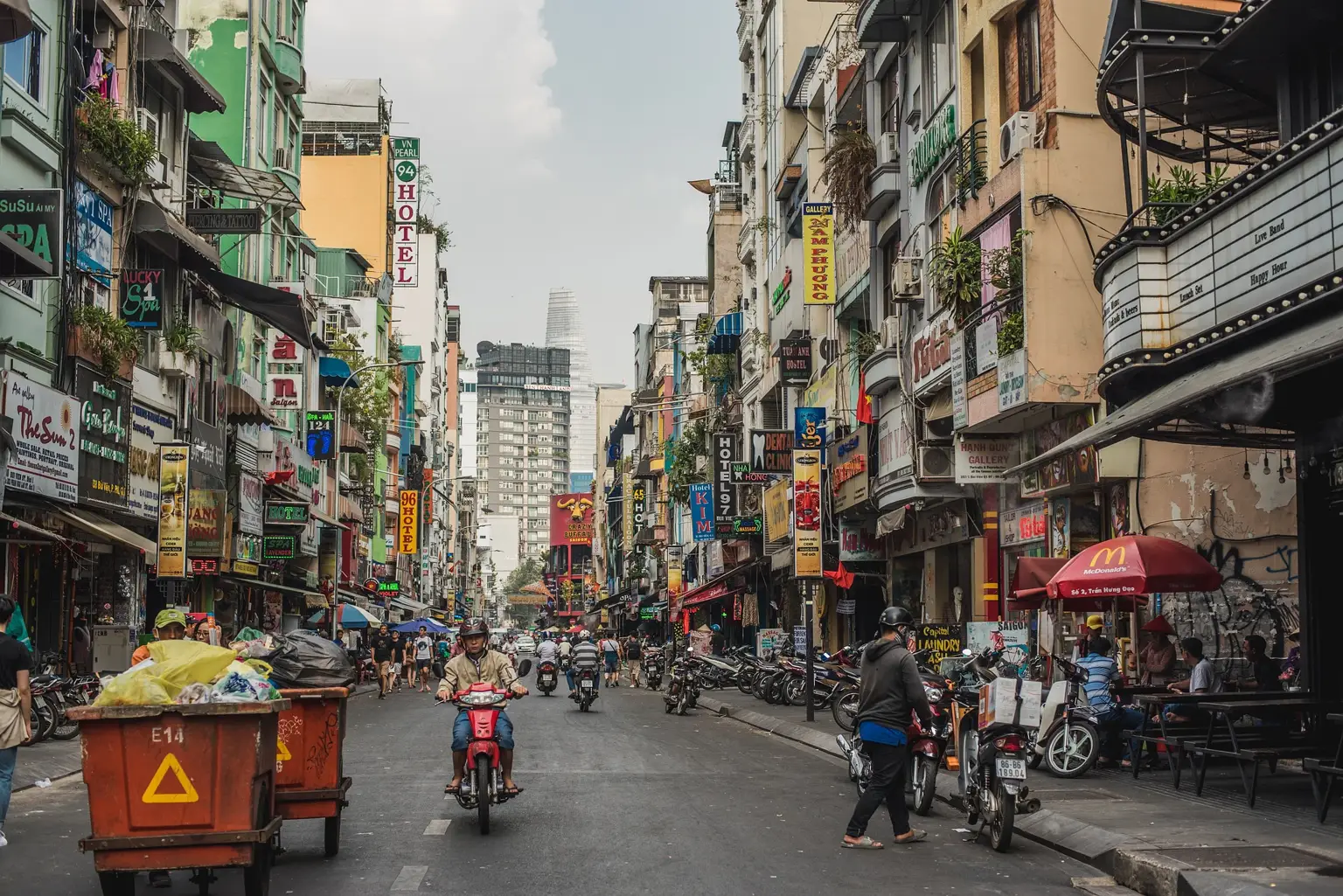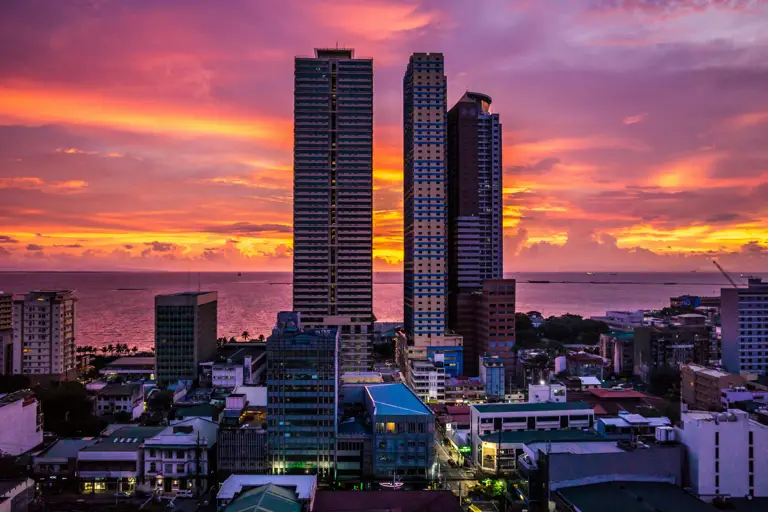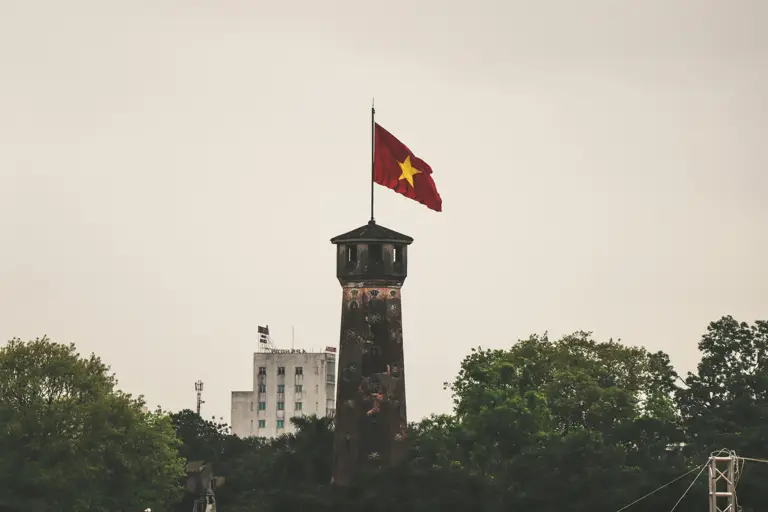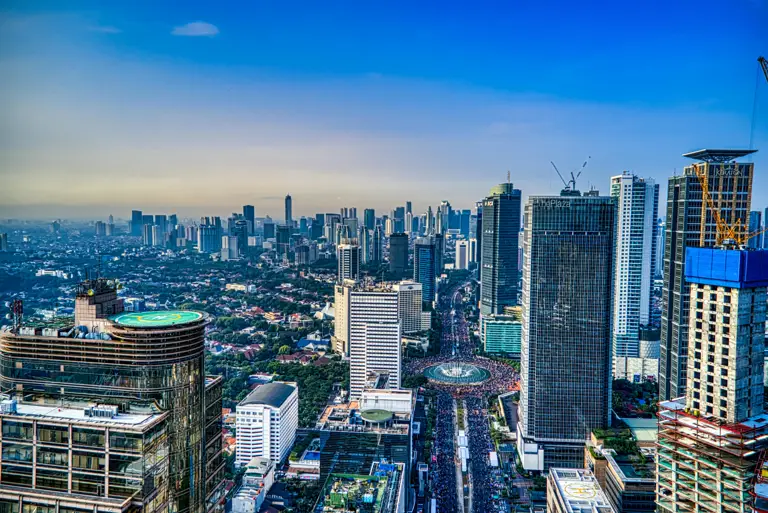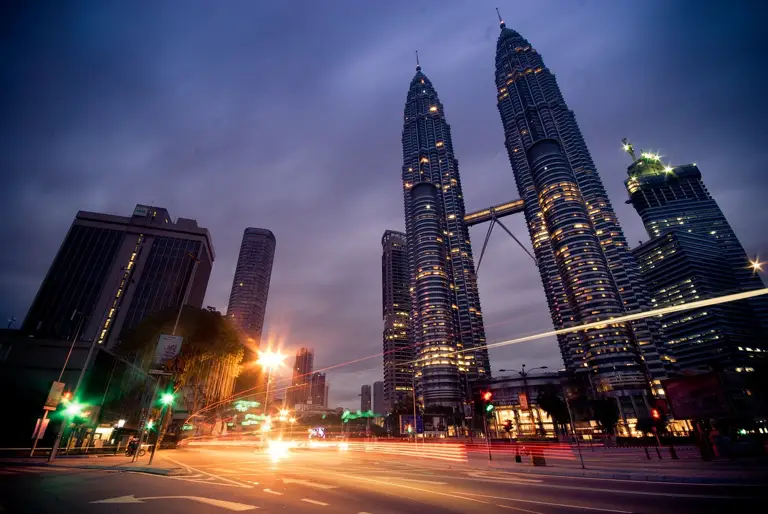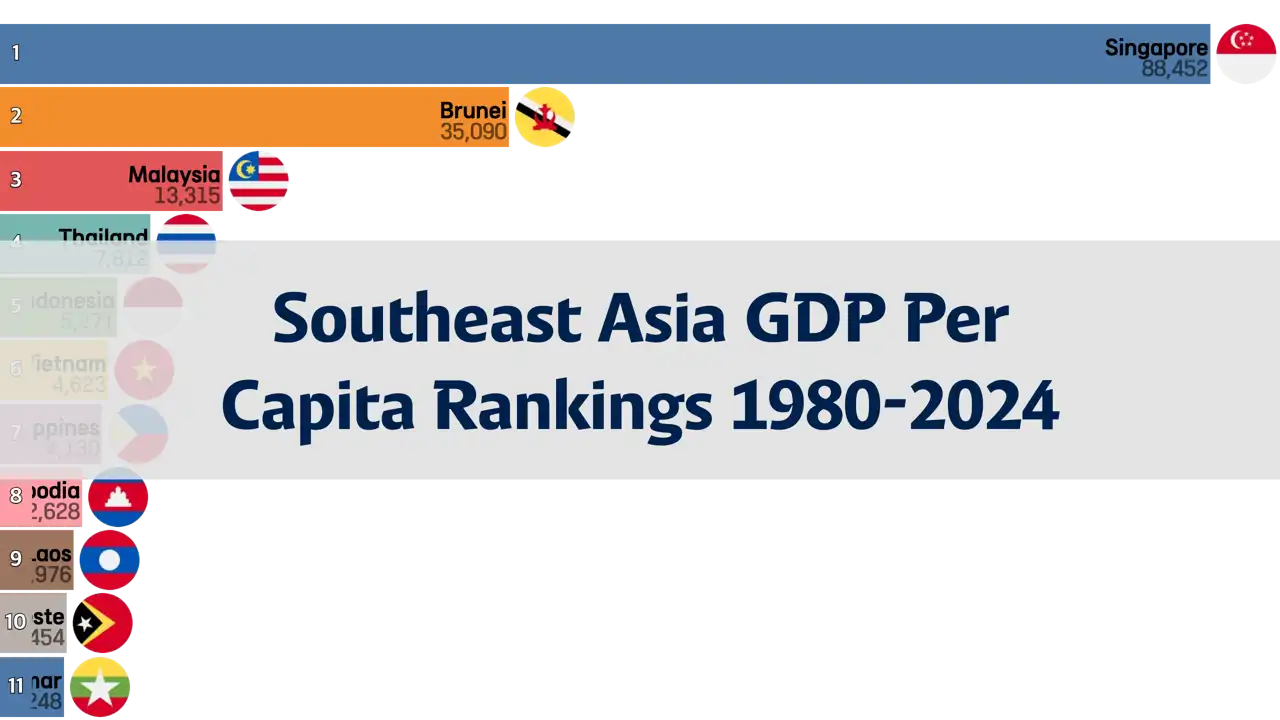
2023 Southeast Asia GDP Per Capita Ranking: A Closer Look at Regional Economic Powerhouses
- ASUMUP
- National Rankings / Southeast Asia
- August 13, 2024
In 2023, Southeast Asia continues to showcase its economic diversity with nations at various stages of development, reflecting different levels of GDP per capita across the region. This metric, which measures the average economic output per person, offers valuable insight into the wealth and living standards of each country. While some nations have made significant strides towards economic prosperity, others are still catching up, facing challenges that hinder their growth. Understanding these rankings provides a snapshot of the region's economic health and highlights the disparities between its richest and poorest countries.
Southeast Asia GDP Per Capita 2023 Rankings
- 1st Singapore - $84,729.30
- 2nd Brunei - $34,226.24
- 3rd Malaysia - $12,570.53
- 4th Thailand - $7,337.18
- 5th Indonesia - $4,942.37
- 6th Vietnam - $4,324.05
- 7th Philippines - $3,867.68
- 8th Cambodia - $2,460.32
- 9th Laos - $2,004.35
- 10th Timor-Leste - $1,730.57
10th Timor-Leste - $1,730.57
Timor-Leste, a small nation in Southeast Asia, ranks tenth with a GDP per capita of $1,730.57 in 2023. The country's economy is heavily dependent on oil and gas revenues, which fund a significant portion of government spending. Despite its wealth in natural resources, Timor-Leste faces considerable challenges, including a young population, high unemployment rates, and a need for substantial investment in infrastructure, healthcare, and education. The government is working on diversifying the economy by developing sectors such as agriculture and tourism to create more sustainable economic growth.
9th Laos - $2,004.35
Laos ranks ninth in Southeast Asia with a GDP per capita of $2,004.35 in 2023. The country's economy is primarily based on agriculture, with a significant portion of its GDP derived from hydropower and mineral exports. Laos has been working on expanding its infrastructure, particularly in energy and transport, to foster economic growth. Despite these efforts, the country remains one of the poorest in the region, facing challenges such as limited access to education, healthcare, and economic opportunities, particularly in rural areas. The government’s focus remains on sustainable development and reducing poverty.
8th Cambodia - $2,460.32
Cambodia holds the eighth position with a GDP per capita of $2,460.32 in 2023. The country has experienced steady economic growth over the past two decades, largely driven by the garment industry, construction, and tourism. Phnom Penh, the capital, has seen rapid urbanization and economic development. However, Cambodia still faces significant challenges, including poverty, inadequate infrastructure, and limited access to quality education and healthcare. The government continues to implement policies aimed at economic diversification and improving the living conditions of its population.
7th Philippines - $3,867.68
The Philippines ranks seventh in Southeast Asia with a GDP per capita of $3,867.68 in 2023. The country's economy is heavily reliant on its service sector, particularly the Business Process Outsourcing (BPO) industry, which is one of the largest in the world. Remittances from millions of Overseas Filipino Workers (OFWs) also contribute significantly to the national income. Despite robust economic growth in recent years, the Philippines faces challenges such as high population growth, income inequality, and underemployment, which hinder the overall increase in living standards for its citizens.
6th Vietnam - $4,324.05
Vietnam stands at sixth place with a GDP per capita of $4,324.05 in 2023. The country's rapid economic growth in recent years is driven by its manufacturing and export-oriented economy, bolstered by significant foreign direct investment. Vietnam has become a critical node in global supply chains, particularly in electronics and textiles. The government has implemented reforms to open up the economy, improve the business environment, and invest in infrastructure and education. While Vietnam’s GDP per capita remains lower compared to some of its neighbors, its fast-paced development suggests a promising future for further economic improvement.
5th Indonesia - $4,942.37
Indonesia, the largest economy in Southeast Asia, ranks fifth with a GDP per capita of $4,942.37 in 2023. This vast archipelago nation has a mixed economy with key sectors in agriculture, mining, and manufacturing, alongside a burgeoning digital economy. Indonesia's population of over 270 million makes it a significant player in the region, though its GDP per capita remains lower than some of its smaller neighbors due to its large population. The government is focused on infrastructure development, improving education, and healthcare systems, aiming to accelerate economic growth and reduce poverty levels across the country.
4th Thailand - $7,337.18
Thailand ranks fourth in Southeast Asia with a GDP per capita of $7,337.18 in 2023. As one of the region’s largest economies, Thailand benefits from a well-established tourism industry, robust agricultural sector, and growing manufacturing base. Bangkok, the bustling capital, is known for its vibrant markets, cultural landmarks, and as a hub for international businesses. The government has been actively working to improve infrastructure, education, and healthcare, aiming to boost economic development further. However, Thailand still faces challenges such as political instability and income inequality, which may affect its long-term growth trajectory.
3rd Malaysia - $12,570.53
Malaysia ranks third in Southeast Asia with a GDP per capita of $12,570.53 in 2023. The country's economy is diverse, with strong sectors in manufacturing, services, and commodities like palm oil and rubber. Over the years, Malaysia has transitioned from an economy reliant on raw material exports to one that is more industrialized and services-oriented. Kuala Lumpur, the capital, serves as a regional business hub, attracting investments in finance, technology, and infrastructure development. Malaysia's government continues to push for economic reforms aimed at fostering inclusive growth and improving the standard of living for its population.
2nd Brunei - $34,226.24
Brunei secures the second spot with a GDP per capita of $34,226.24 in 2023. This small but wealthy nation derives much of its income from vast reserves of oil and natural gas. The hydrocarbon sector accounts for the majority of Brunei's GDP and exports, making it one of the richest countries in terms of natural resources. Despite its wealth, Brunei faces challenges in diversifying its economy away from oil dependency, which makes it vulnerable to fluctuations in global energy prices. However, the government has been gradually implementing policies to promote other sectors such as finance, tourism, and manufacturing.
1st Singapore - $84,729.30
Singapore holds the top position in Southeast Asia with a staggering GDP per capita of $84,729.30 in 2023. Known as one of the world’s leading financial hubs, Singapore has built its wealth through a strategic focus on sectors such as finance, technology, and logistics. Its highly developed infrastructure, business-friendly environment, and strong government policies have consistently attracted foreign investments, contributing to its economic success. The city-state’s commitment to innovation and education further fuels its economic engine, maintaining its status as a high-income nation amidst global economic uncertainties.
Other Posts in the National Rankings / Southeast Asia
Categories
- National Rankings(43)
- Science & Technology(1)
- Sports(24)
- Economy(30)
- Society(12)
- Culture(7)
Recent Posts
![Bayern Spent HOW MUCH on Harry Kane?! Ranking Their Top 10 Biggest Signings Ever]() A deep dive into Bayern Munich's ten most expensive transfers, exploring how the club's spending strategy has evolved to chase European glory.
A deep dive into Bayern Munich's ten most expensive transfers, exploring how the club's spending strategy has evolved to chase European glory.![Arsenal's Record-Shattering Spree: From a €116M Gamble to a Flop, Who Was Worth the Cash?]() A deep dive into Arsenal's top 10 most expensive signings, analyzing the successes, the failures, and the massive fees that have defined the club's modern transfer strategy.
A deep dive into Arsenal's top 10 most expensive signings, analyzing the successes, the failures, and the massive fees that have defined the club's modern transfer strategy.![Chelsea Cashes In BIG TIME! Who Really Won the 25/26 Summer Transfer Window Money Game?]() A deep dive into the top 10 clubs that made the most money from player sales during the wild 25/26 summer transfer window.
A deep dive into the top 10 clubs that made the most money from player sales during the wild 25/26 summer transfer window.![Liverpool's Record-Breaking €483M Spree! Did They Just Buy the Premier League Title?]() A deep dive into the 25/26 summer transfer window reveals Liverpool's record-breaking spending spree as Premier League clubs continue to dominate the market.
A deep dive into the 25/26 summer transfer window reveals Liverpool's record-breaking spending spree as Premier League clubs continue to dominate the market.![You Won't Believe How Much a Loaf of Bread Costs in These Countries! (Spoiler: It's INSANE)]() This post explores the top 10 countries with the most expensive bread, revealing how factors like import reliance and tourism dramatically inflate the cost of this basic staple.
This post explores the top 10 countries with the most expensive bread, revealing how factors like import reliance and tourism dramatically inflate the cost of this basic staple.
